They promised that new mirrorless camera mounts meant a new optical era… is this the proof?
Digital Photographer magazine's pick of the best, most exciting and most innovative lenses of the last year

Mirrorless cameras have done many truly transformative things since they launched. However, manufacturers said that these amazing new mirrorless mounts would unlock technical wonders and bestow us with the kinds of lenses we’d never dreamed of before – and then Sony’s most remarkable lens of 2023 was a 300mm f/2.8. Hmph.
The only company actually living up to the promises it made about its mount is Canon. First came the incredible RF 28-70mm f/2, right at the dawn of the EOS R system. Then came the 600mm and 800mm f/11s. And now… wow! It’s really hard to break new ground and do something new in the world of lenses – but Canon has well and truly done it. We’ve seen some great glass from most brands, but Canon is simply untouchable when it comes to new frontiers in lens design.
Lens of the Year
Canon RF 24-105mm f/2.8L IS USM Z
- Released December 2023
- Review Reinventing the standard zoom
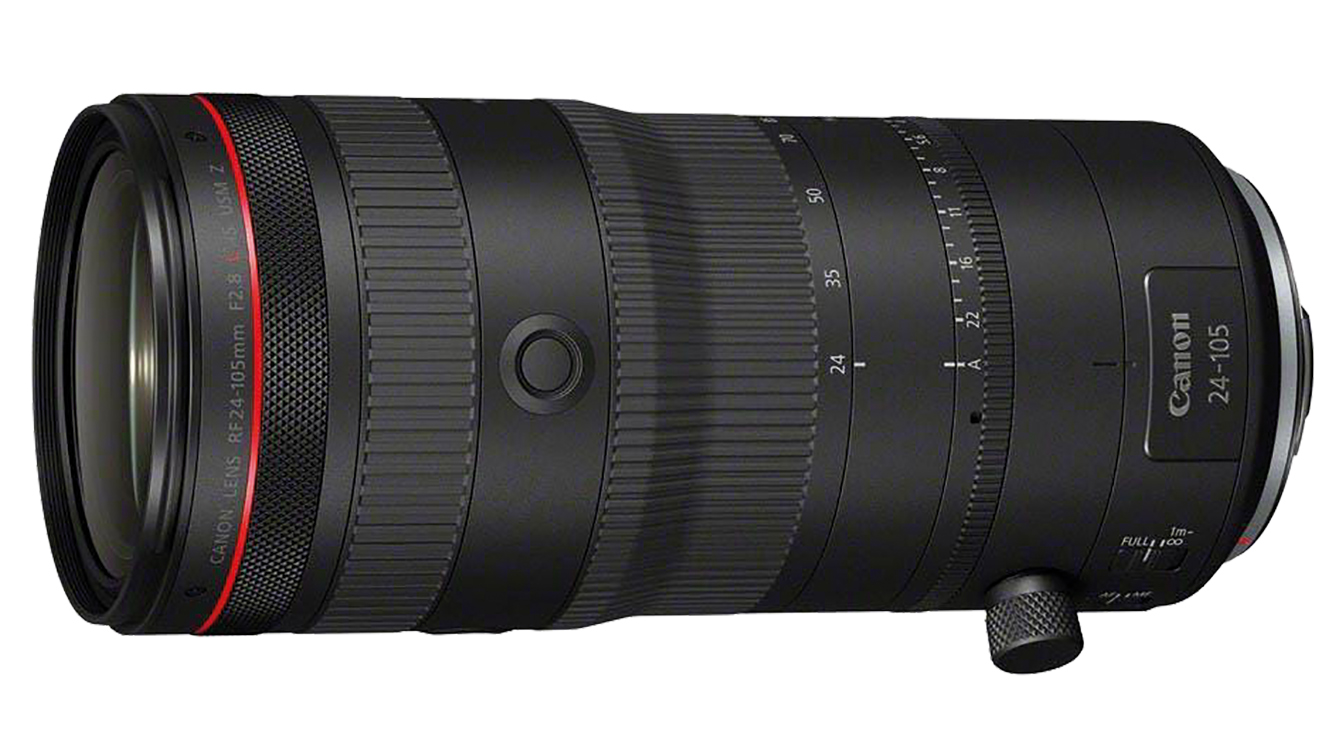
Digital Camera World called this lens “a trinity buster”, and that sums it up perfectly. A 24-70mm f/2.8? Sure. A 24-105mm f/4? Of course. But a 24-105mm zoom lens with a constant f/2.8 aperture? Absolute witchcraft. This is the first of a line of hybrid glass from Canon, bridging the gap between its EOS, Cinema EOS and broadcast lenses. Beyond the astonishing aperture, this electronic parfocal lens has minimal focus breathing, servo control, a stepless aperture ring, Virtual System compatibility and power zoom. The game just changed.
Runner up
Sony FE 300mm f/2.8 GM OSS
- Released March 2024
- Review Lightweight form, heavyweight punch
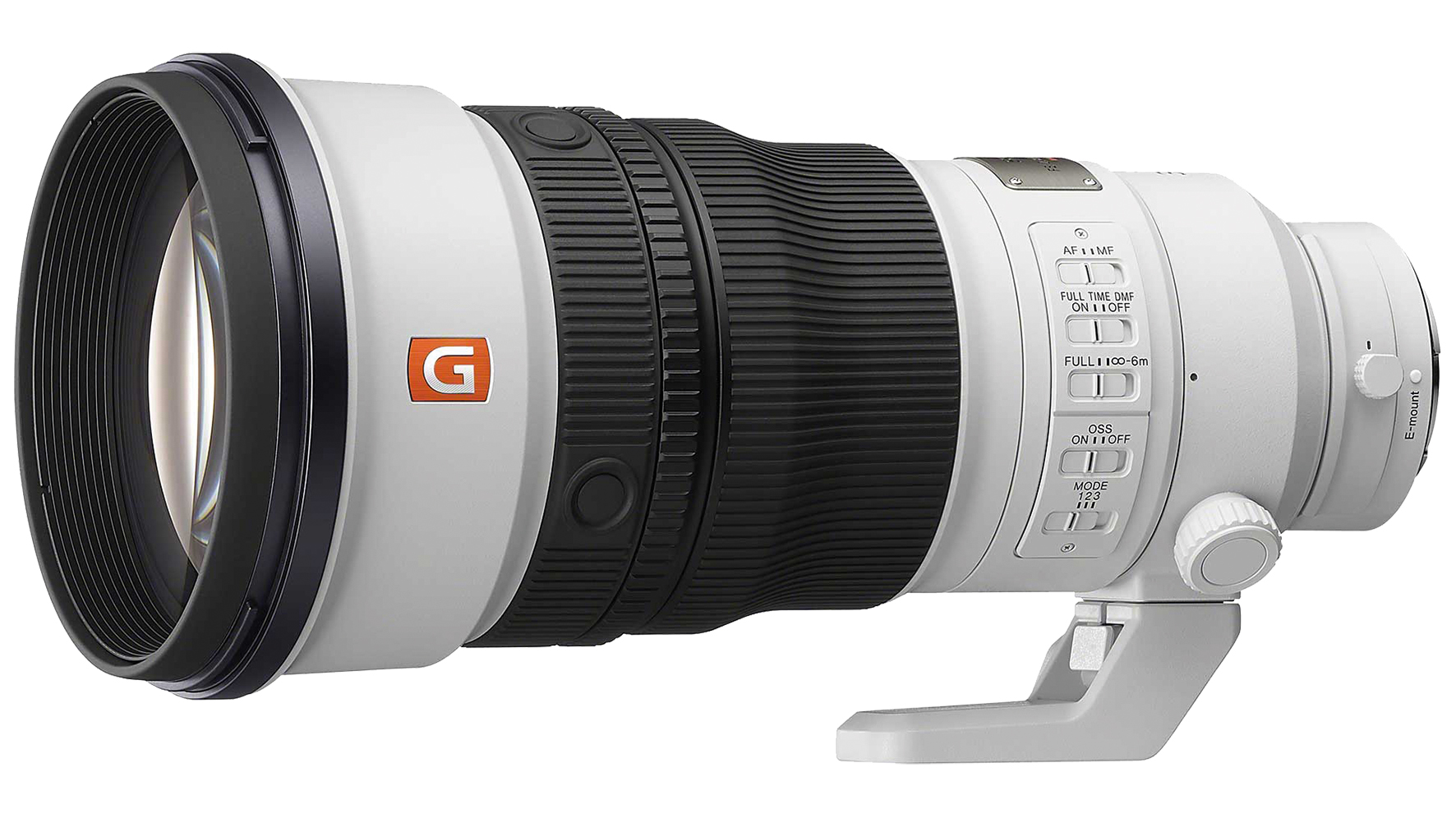
We took a shot at this one in the opening, but that’s not a knock on the lens itself. Indeed, this is probably the best 300mm f/2.8 we’ve used – not to mention the lightest ever made. With 20 elements (including a bunch of extra-low dispersion ones) and a pair of XD linear motors to shuttle them all around at the superfast speed of Sony’s AF, 11 aperture blades for circular bokeh and a clever optical design that backloads heavier elements towards the camera for better balance, this lens was worth the 15-year wait.
Sigma 60-600mm f/4.5-6.3 DG DN OS Sports
- Released June 2023
- Review Versatile standard to super-telephoto zoom
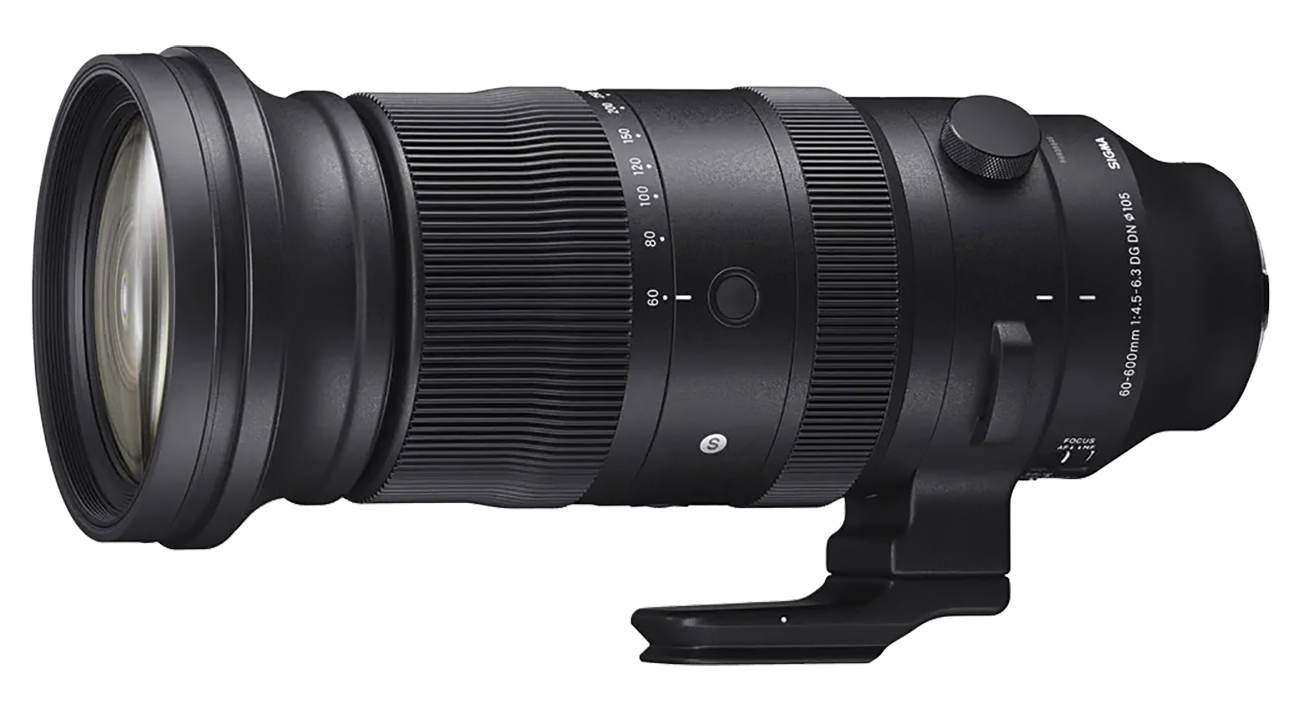
The eagerly-anticipated mirrorless iteration of the classic DSLR superzoom, this Sony and L-Mount version is no mere old lens with a new mount – it has been redesigned from the ground up. It’s still tank-like at 2,495g and 280mm in length but boasts Sigma’s latest linear actuator motor for quick, quiet autofocus and delivers six stops of image stabilisation at the long end and seven stops at the wide end. And if a 10x zoom of up to 600mm isn’t enough, it’s compatible with Sigma’s teleconverters to offer even more reach.
Nikon Z 135mm f/1.8 S Plena
- Released October 2023
- Review Super-sharp yet deliciously blurry and utterly fabulous
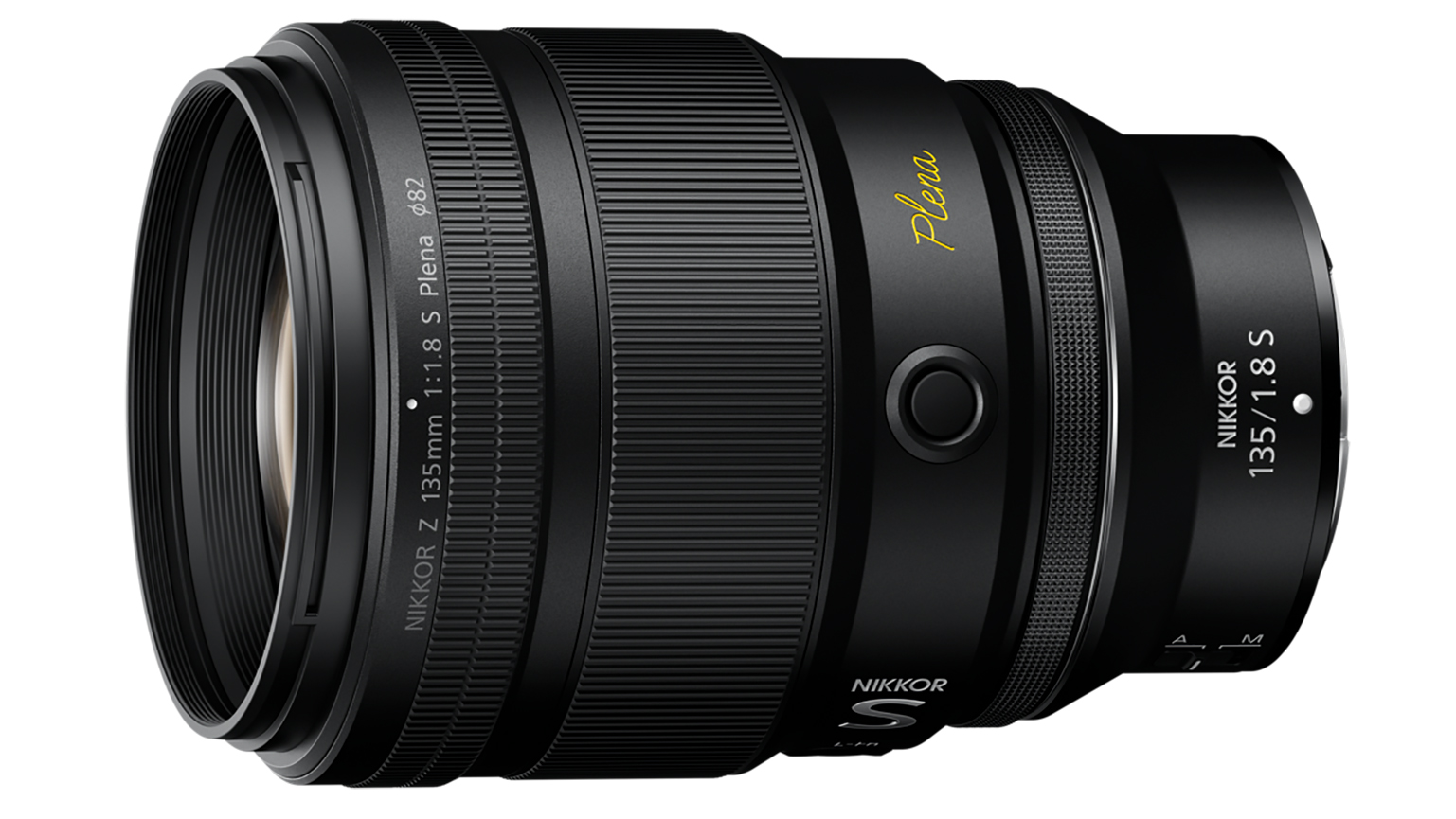
When Nikon feels a lens is so special that it gives it a signature name, you know you’re in for a treat. But unlike the Noct, whose $8,000 price tag meant it would only ever be a prestige product, the Plena (‘the condition or quality of being full’) is a lens that will realistically be bought and used by the masses. It’s a practically perfect portrait lens, pin-sharp with virtually no distortion or aberration of any kind. Optically exquisite, it’s fitting that this was released in Nikkor’s 90th‑anniversary year – as it’s one of Nikon’s finest-ever lenses.
Fujinon GF 30mm f/5.6 T/S
- Released October 2023
- Review Probably the best tilt-shift lens ever
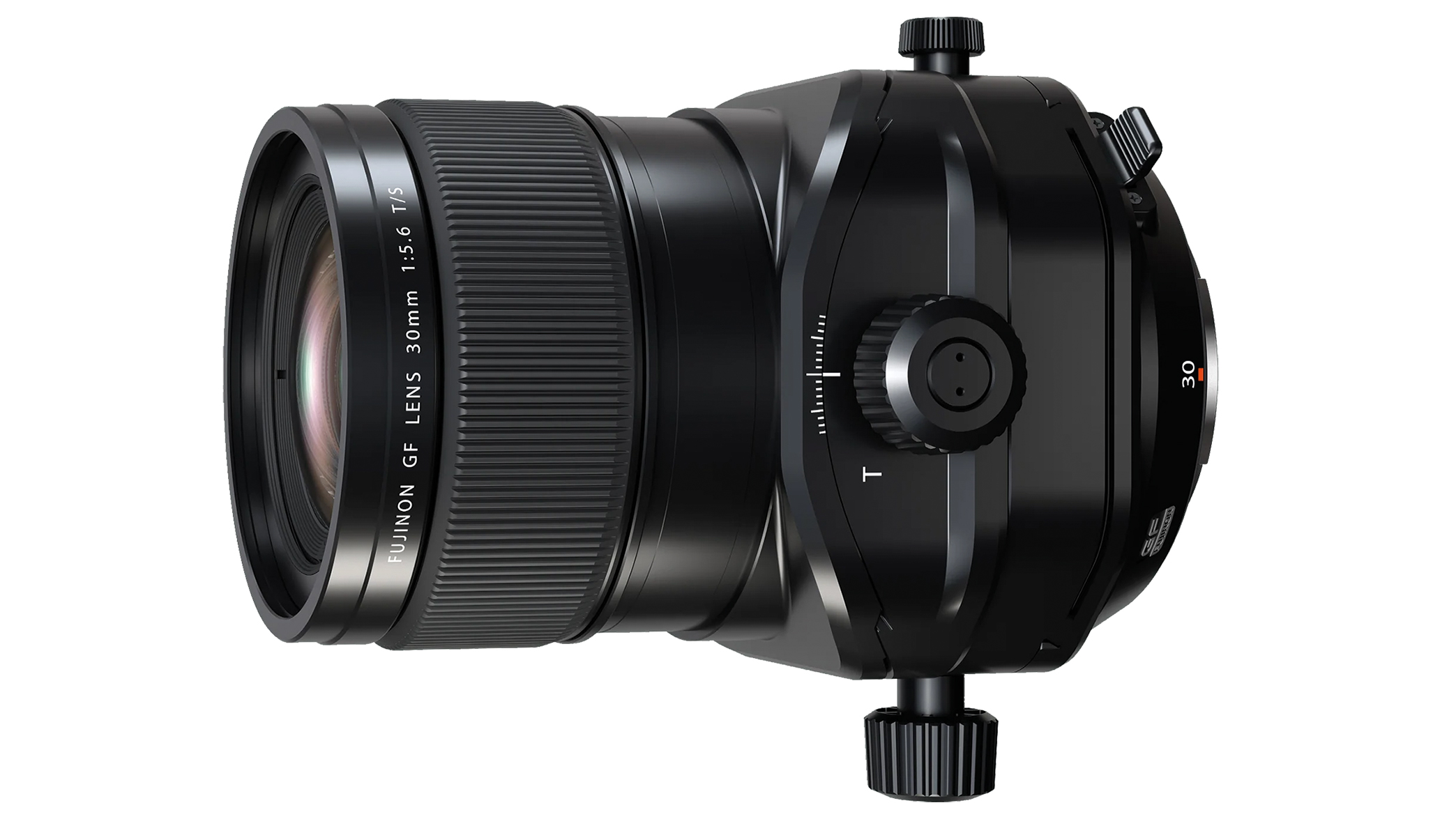
As mighty as medium-format is, it’s not very well-served when it comes to tilt-shift lenses. Thankfully, Fujifilm came to the rescue with the first GF T/S optics – including this wide-angle 30mm (which is roughly 24mm in full-frame terms). It can make tilt adjustments up to ±8.5º and shift up to ±15mm (3mm more than rival lenses) and revolve by ±90°. Crucially, the image circle provides more than enough coverage for the huge GFX sensor, with the highest-quality elements to render the maximum 102MP resolution of Fujifilm’s current cameras. GFX is now the ultimate system for tilt-shift photography.
Get the Digital Camera World Newsletter
The best camera deals, reviews, product advice, and unmissable photography news, direct to your inbox!
OM System M.Zuiko 90mm f/3.5 Macro
- Released February 2023
- Review Delivers an extraordinary effective 4:1 magnification ratio

The erstwhile Olympus has quietly become the go-to brand for macro photography, between its 60mm f/2.8 and 30mm f/3.5 close-up optics and the inherent depth of field advantage of the Micro Four Thirds (MFT) sensor. Joining them is this remarkable 90mm f/3.5, which offers a 2:1 reproduction ratio and is the first 2:1 lens with autofocus. However, this clever optic is also compatible with the M.Zuiko teleconverters – delivering a maximum effective focal length of 360mm and an astonishing reproduction ratio of 8:1. The MFT ecosystem continues to be the richest out there.
Canon RF 200-800mm f/6.3-9 IS USM
- Released December 2023
- Review All hail the new superzoom king
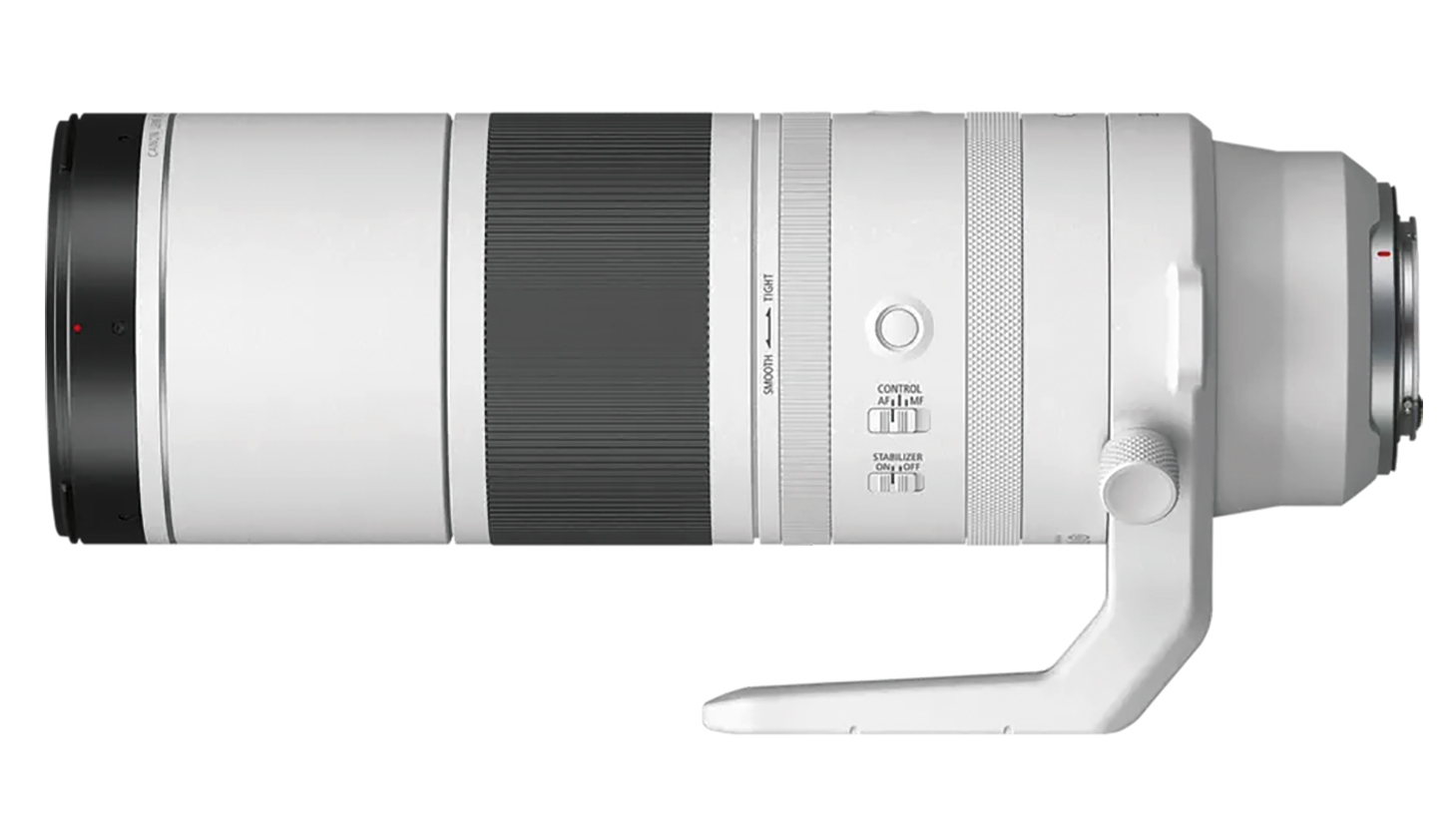
While not quite as mind-boggling as its trinity buster, Canon’s souped-up superzoom lens was still a jaw-dropping technical achievement. The world’s first super-tele zoom with an 800mm top end, this incredible optic is also compatible with teleconverters to give it an amazing 1,600mm reach. Still not enough for you? Mount it to one of Canon’s APS-C cameras with a teleconverter, and it turns into an unbelievable 2,560mm. It is packed into a surprisingly small footprint, too, even though small is a relative term here. As an all-in-one optic, this really is remarkable – definitely one to take on safari.
This article originally appeared in Digital Photographer, a monthly magazine, and the kitbag essential for pros, enthusiasts, and amateurs alike!
Inside, you'll find practical guides, shooting tips, and techniques from working photographers, plus all the latest industry news.
Digital Photographer is the ultimate monthly photography magazine for enthusiasts and pros in today’s digital marketplace.
Every issue readers are treated to interviews with leading expert photographers, cutting-edge imagery, practical shooting advice and the very latest high-end digital news and equipment reviews. The team includes seasoned journalists and passionate photographers such as the Editor Peter Fenech, who are well positioned to bring you authoritative reviews and tutorials on cameras, lenses, lighting, gimbals and more.
Whether you’re a part-time amateur or a full-time pro, Digital Photographer aims to challenge, motivate and inspire you to take your best shot and get the most out of your kit, whether you’re a hobbyist or a seasoned shooter.
- James ArtaiusEditor in Chief


